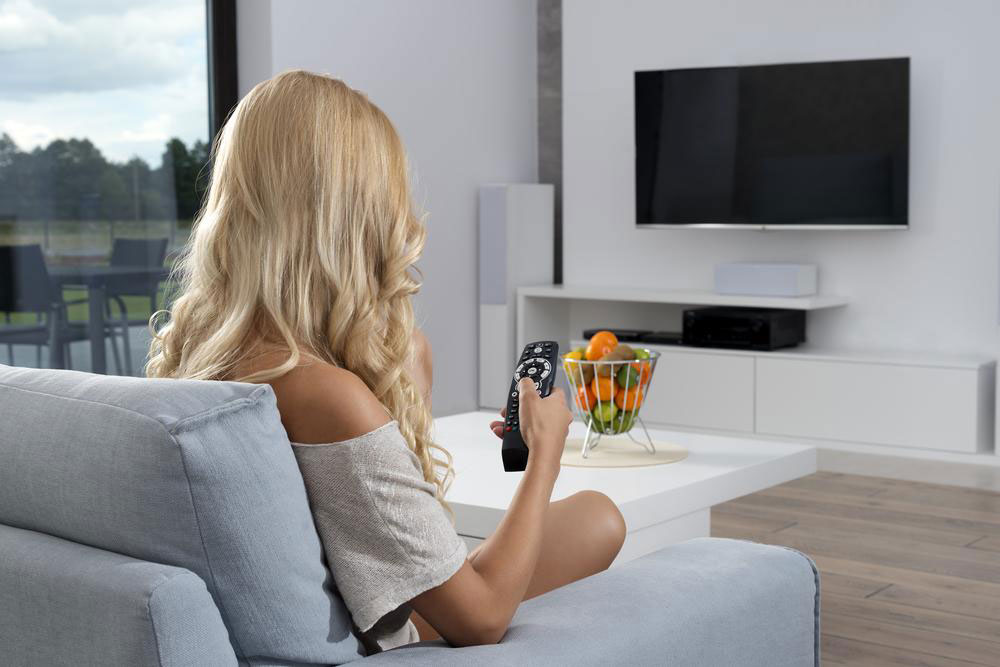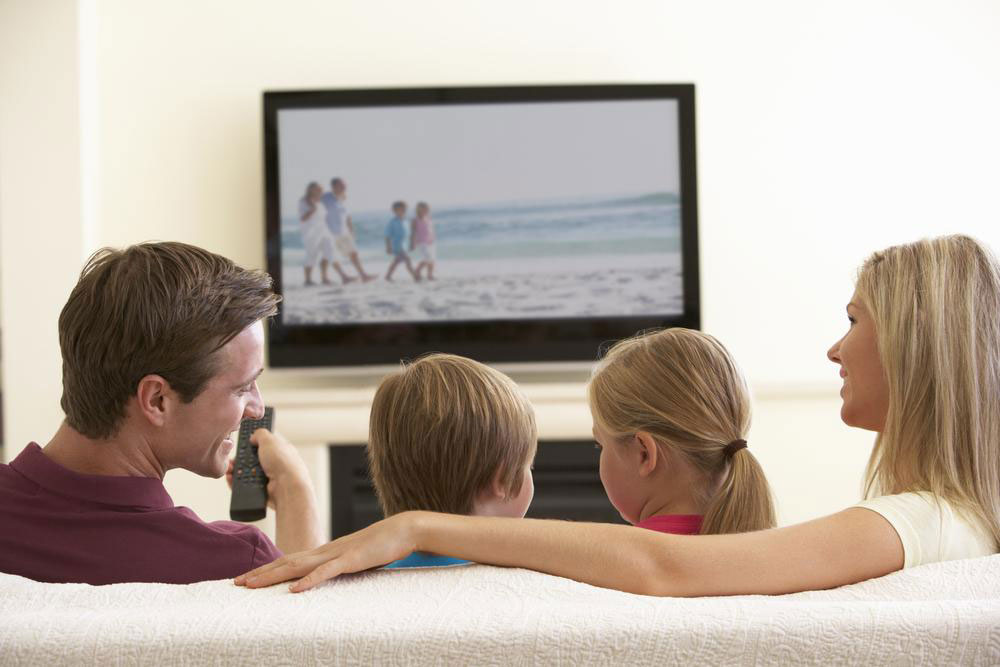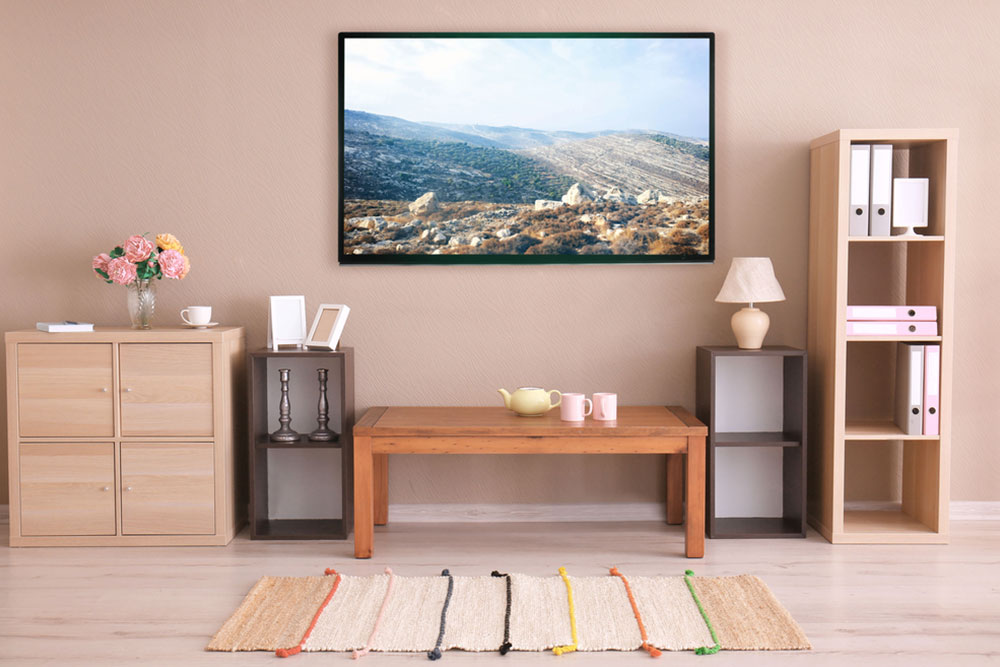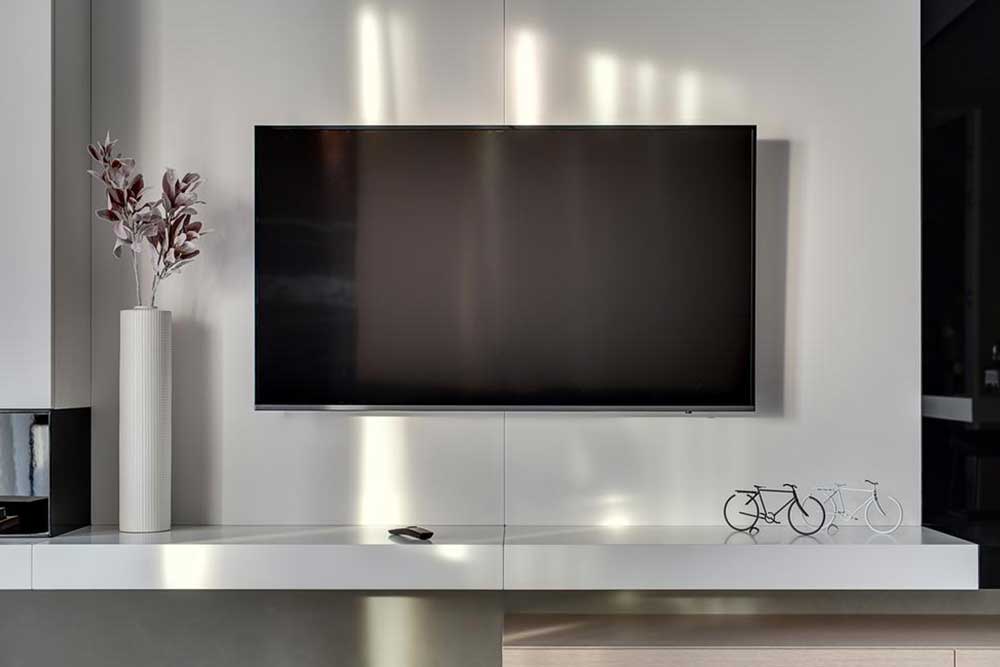Comprehensive Guide to Measuring and Installing Your Living Room TV for Perfect Fit and Optimal Viewing
This comprehensive guide provides valuable tips on measuring and installing your living room TV for the perfect fit and optimal viewing experience. Learn how to measure diagonally, consider aspect ratios, and determine the best seating distance to create a comfortable and aesthetically pleasing entertainment setup. Ideal for homeowners looking to upgrade their living room entertainment system, this article ensures precise planning for a seamless TV installation that enhances your home’s decor and viewing pleasure.

Essential Factors for Accurate Measurement and Proper Installation of Your Living Room TV
Upgrading your living room with a new television, such as a 40- or 43-inch model, can significantly enhance your entertainment space and modernize your home decor. Achieving a seamless and aesthetically pleasing setup requires precise measurement and careful planning. Properly measuring your TV ensures it fits comfortably within your existing furniture or designated wall space, avoiding issues like cramped or oversized installation. Accurate measurements also help you select a TV size that complements your room's layout, ensuring maximum comfort and visual appeal.
Measuring your new TV is a simple process, comparable to everyday tasks like matching shoelace lengths or adjusting curtains. The key is understanding the proper methods to obtain accurate dimensions, particularly focusing on the diagonal measurement and the total width and height of the TV. This guide provides a comprehensive overview of how to measure your space, select the right size, consider aspect ratios, and determine optimal viewing distances to create the perfect home entertainment setup.
Step-by-Step Method for Measuring Your Living Room TV
The first crucial step in choosing the right TV size is accurate measurement. To do this effectively, you need to measure diagonally across the screen, from one corner to the opposite corner. It’s important to note that this measurement should be taken across the display area itself, not from the outermost edges of the bezel or frame. Many assume that the bezel's size should be included; however, in most cases, the key measurement is the diagonal screen size, which is what manufacturers typically specify.
Measurement Technique: Use a flexible tape measure or a ruler to measure diagonally from the bottom-left corner of the visible screen to the top-right corner (or vice versa). Make sure the tape measure runs straight across without bending to avoid inaccuracies. Once you have this measurement, you’ll know the screen size classification, such as 40 inches or 43 inches, which is standard in the display industry.
In addition to the diagonal measurement, it’s vital to consider the entire physical dimensions of the TV, especially when space is limited. Measure the total width and height, including the frame or bezel. For example, a typical 46-inch TV usually measures approximately 44.5 inches in width and around 25 inches in height. These dimensions are vital to verify against your available space, such as wall mounts, shelves, or cabinets. If your existing furniture or wall opening cannot accommodate these measurements comfortably, you might need to select a smaller or different model to ensure a harmonious fit.
Proper planning involves not only fitting the TV into the space but also maintaining visual balance. For instance, if you have a cabinet with a height of 45 inches, installing a 40-inch TV with a height of around 22 inches will leave some space for aesthetic balance and ease of access. Always leave some clearance around the edges for ventilation, cable management, and aesthetic reasons.
Understanding Aspect Ratios and Their Impact on TV Size
The aspect ratio of a television describes the proportional relationship between its width and height. Historically, older models had a 4:3 aspect ratio, which was the standard television format for decades. Modern TVs predominantly feature a 16:9 widescreen ratio, offering a wider field of view and a more cinematic experience. When selecting a TV size, especially if you're transitioning between older and newer models, understanding the aspect ratio is crucial in ensuring your viewing experience remains consistent.
Aspect Ratio Calculations: To compare old and new models or convert sizes, you can multiply the diagonal measurement by specific factors. For example, converting from a 4:3 to a 16:9 format involves multiplying the diagonal size by approximately 1.22. This calculation helps you estimate the screen’s actual width and height, ensuring that the chosen model aligns with your space and viewing preferences. Adjusting for aspect ratios ensures that the content displayed fills the screen appropriately, without undesired black bars or distorted images.
Determining Ideal Viewing Distance for a Comfortable Experience
After selecting the right TV size, the next step is to determine the optimal viewing distance. This distance plays a significant role in maximizing picture quality and minimizing eye strain. Sitting too close to a large screen can cause discomfort, while sitting too far diminishes the immersive experience and detail visibility. Based on industry recommendations, the ideal viewing distance depends on the size of your TV.
Recommended Viewing Distances: For a 40-inch TV, the optimal seating distance generally ranges from about 5 to 8 feet. For larger models, like the 46-inch TV, the recommended distance extends from approximately 5.75 to 9 feet. These ranges ensure that viewers experience sharp images, vibrant colors, and clear detail without straining their eyes. To find this balance, measure from the primary seating area directly to the TV, and adjust the distance to fall within these recommended ranges for your specific TV size.
Proper seating arrangement not only enhances picture quality but also contributes to overall viewing comfort, reducing fatigue during extended viewing sessions. Remember, a well-planned setup creates a more engaging and enjoyable entertainment environment for you and your family.
In conclusion, setting up your living room TV involves several critical steps—from accurate measurements and size selection to understanding aspect ratios and optimal viewing positions. By following these guidelines, you can ensure your new television is not only a stylish addition but also provides the best possible viewing experience. Whether you’re remodeling your space or upgrading your entertainment system, a thoughtful approach to measuring and installation guarantees long-term satisfaction and an improved home entertainment environment.




